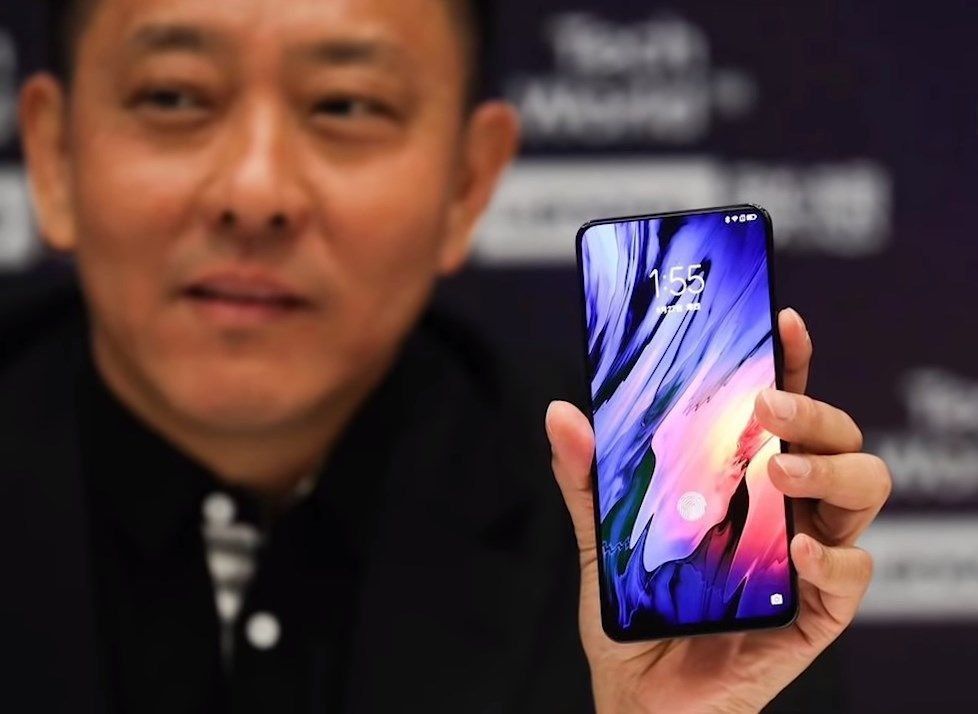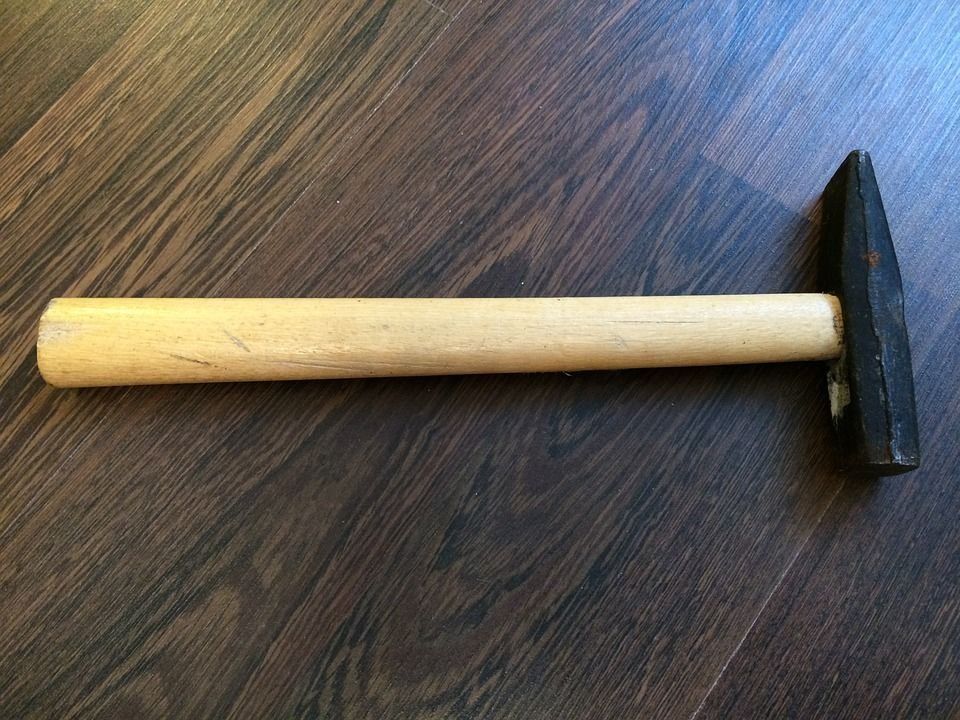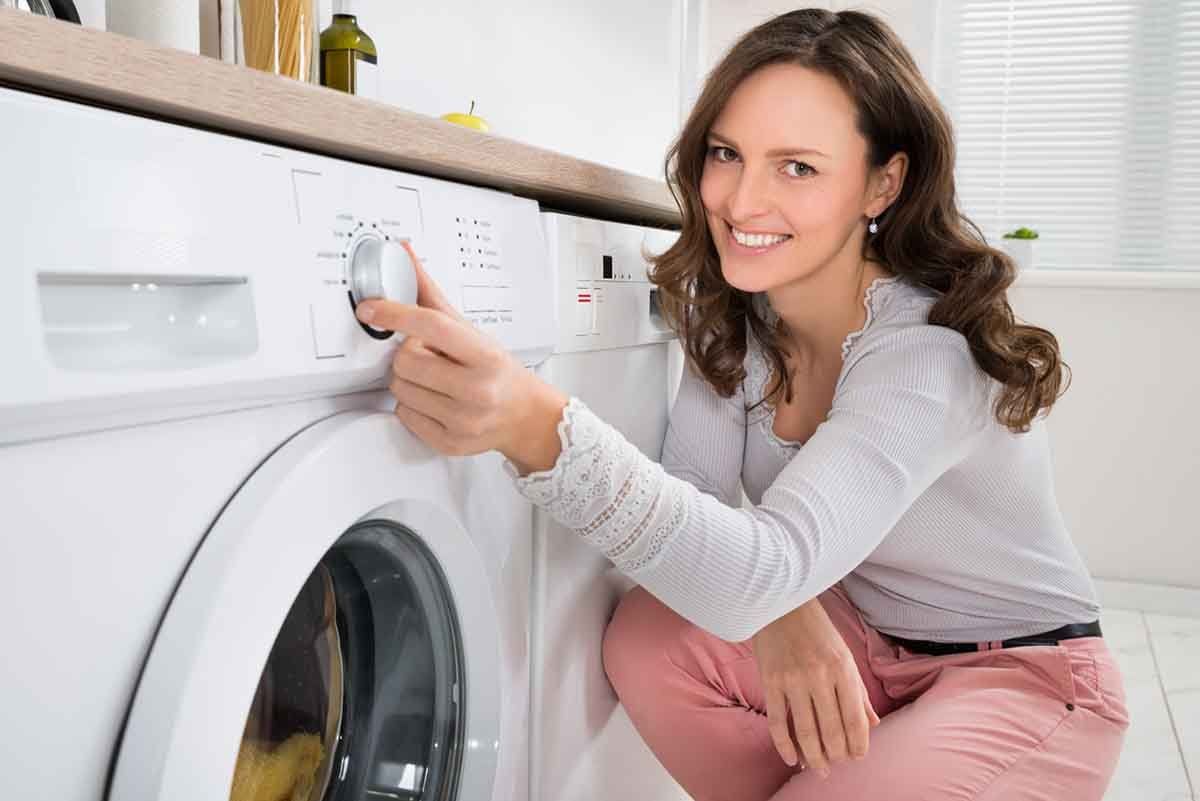Rating of the best fluorescent lamps for 2025
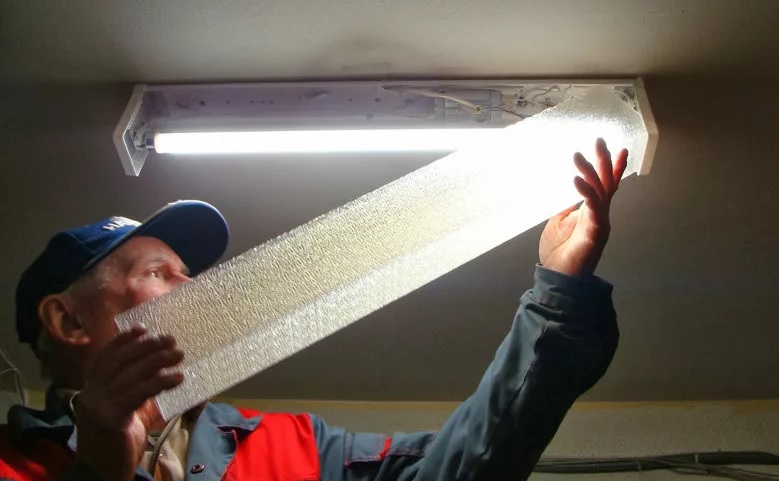
Fluorescent lamps (LL) are gas-discharge light sources. Inside them, ultraviolet radiation is created by piercing mercury vapor with an electric current discharge. The resulting light is captured by the human eye due to the special coating of the flask, made on the basis of the phosphor. The light bulbs under consideration will have less power than incandescent lamps, but their light output is quite large. And that's why they are considered more economical.

Content [Hide]
- 1 Design and operating principle
- 2 LL classification
- 3 Marking of fluorescent lamps
- 4 Spectrum of emitted light (phosphors)
- 5 Advantages and disadvantages of fluorescent light bulbs
- 6 Disposal and safe use
- 7 Difficulties of choice
- 8 Rating of the best fluorescent lamps for 2025
- 9 Instead of an epilogue
Design and operating principle
Luminescent light sources consist of the following parts:
- A flask or tube used as a sealed container (shapes may vary);
- Base - can be single or double;
- An incandescent filament that passes an electric current discharge;
- Phosphor deposited on the inside of the flask body;
- An inert gas (mercury vapour) that fills the inside of a housing and is under pressure.
Thus, at the moment an electric current is applied to the lamp, a burning discharge is created between the internal electrodes. The conductive vapors of the gas form ultraviolet radiation, which absorbs the phosphor and emits light that is perceived by human vision. Inside, the current discharge is maintained by thermionic emission of charged particles from the cathode surface.
IMPORTANT! Luminous color does not have to be only white - depending on the composition used, it can have different color shades.
Scope of use
Due to the fact that the devices in question are particularly economical, they are often used in public places where constant lighting is needed. For example, in large rooms, lamps with a long bulb of a linear type are used.With the invention of compact models, they have become very popular for domestic use in lighting apartments and private houses. So they began to quickly replace models with filaments. LL are in great demand in those rooms in which strict requirements for color rendering are established, namely:
- Jewelry workshops;
- Outlets;
- Beauty Salons;
- art museums;
- Printing houses;
- Clinics of dentistry;
- Educational institutions;
- Hospitals and hospitals;
- Shops for the production of painting works.
Fluorescent light sources are most practical to use as basic lighting in large areas. At the same time, the quality itself will noticeably increase, and electricity consumption will decrease by at least 50%. Also, LL can be found in the form of lighting for advertising banners, workplaces and art monuments.
LL classification
Today's market can present a potential buyer with many variations of fluorescent light sources. It is worth noting that some of their models have a specific application, for example, disinfecting lamps for hospitals. Initially, these products were made exclusively in a linear form, but soon compact samples appeared. Between themselves, they differ only in size and shape of the body.
Linear forms
Such mercury lamps have a straight, annular or U-shaped body. They can be subdivided according to the length or diameter of the flask. Accordingly, the larger the body of the product, the more powerful the lamp. For linear models, the G13 base is used, and the flask is marked with the letter “T” with the numbers 4,5,8,10 and 12, which indicate its diameter in inches (the given sizes are traditional).The main difference between linear samples is that they have electrodes built into the edges, which are directed inside the flask. Outside, there are plinths with contact pins, through which the lamp is connected to the electrical circuit. These models are often installed in public places, offices and shopping centers. Savings of their use are 15% lower than similar incandescent lamps.
Compact forms
These models can be subdivided according to the following distinctive features:
- Size and type of base;
- The size and shape of the flask.
Compact products most often have a curved shape of the flask, which, as it were, is folded into a spiral or another shape, due to which it is possible to achieve small dimensions. They are considered very convenient and practical in terms of domestic use. For example, finding a compact model with an E27 base and replacing a standard incandescent lamp with it will not be difficult. Moreover, plinths can be made in their incarnation, for example, from G11 to G23. It should be noted that now the development of compact lamps is in full swing and they have almost completely replaced incandescent models from the scope of sconces or chandeliers, children's nightlights, which was achieved due to energy efficiency indicators. At the same time, their color rendering parameter is considered the best, and this is a direct consequence of the presence of a phosphor coating in a few words. As a result, the result of color relay exceeds all expectations.
special shapes
These lamps differ from standard fluorescent ones in that they have a special emission spectrum. These include the following lamps:
- Daylight, intended for use in rooms where special color reproduction is required (eg galleries, printing houses, museums, etc.).
- The most imitating day sunlight - they are used in medical institutions for the purpose of light therapy.
- To enhance the flowering of plants - they produce an increased range of red and blue colors, which have a positive effect on the process of photobiology (for example, used in home greenhouses).
- To illuminate ornamental plants - here the emphasis is not on promoting photosynthesis, but on good illumination of the plant object.
- For lighting aquariums - they are dominated by ultraviolet and the blue spectrum is enhanced, which helps to accelerate the growth of algae, and allows certain types of plants to fluoresce.
- To illuminate bird aviaries - in such models, the properties of near ultraviolet are enhanced, which creates conditions for both heat and illumination as close to natural as possible.
- To create a change in color effects - these samples use the entire color palette and are used in nightclubs and other places of entertainment. Such a light effect becomes possible due to the application of a special phosphor composition on the inside of the flask, which is capable of changing shades.
- For solariums - with their help, a person receives an even artificial tan of the skin.
- For laboratory research, these are portable models, the body of which is made of black glass.
- For ozonation and sterilization - used in medical institutions (hygienic, bactericidal, mercury-quartz).
Marking of fluorescent lamps
This issue is very relevant, because the information contained in the marking of fluorescent lamps is very important when choosing them. The full LL marking is a rather complex set of letters and numbers that should be correctly deciphered. For example, color letters:
- UV - ultraviolet;
- C, G, Z, F, K - blue, cyan, green, yellow, red;
- E - white natural;
- TB - white warm;
- HB - white cold;
- D - daytime;
- B - white artificial.
Next comes the bulb diameter parameter, which is marked with the letter "T" and where the numbers will be indicated in inches. Standard sizes here can be 28, 26 and 18, etc.
The power of the product is indicated by the letter "W" and by this indicator it is possible to determine what area the light bulb is capable of illuminating. The numerical value after the specified letter means the number of watts (from 13 to 28).
The marking of the base is carried out by means of two letters, which mean certain combinations:
- FS is the only base;
- FD - ring or double base;
- FB - compact plinth.
The shape of the flask also has its own letter marking:
- T - tablet;
- R - reflex;
- G - the form of a ball;
- C - "candle flame";
- S - spiral;
- 4U - four arcs;
- U - arc.
Spectrum of emitted light (phosphors)
There is an opinion that the light emitted by fluorescent bulbs is a little unpleasant for human vision and generally distorts the shades of colors of surrounding objects. This situation is possible if the lamp is selected incorrectly, because:
- Green and blue lines dominate the color spectrum;
- The model used uses a phosphor that is not suitable for the current conditions.
In budget LL samples, the internal coloring is based on a halophosphate phosphor, and the spectrum emitted by it is more based on blue and yellow hues, and it produces much less green and red hues. In general, the light will be perceived by the organs of vision as white, but if you pay attention to a glare / reflective object, then its colors will be distorted.However, with a halophosphate composition, increased light output can be achieved. In models of medium and premium classes, a five-band or three-band phosphor is used, which is able to more evenly distribute radiation in the visible part of the spectrum. Thus, when reflected, the colors will not be distorted.
IMPORTANT! It is possible to establish the fact of color distortion by a fluorescent lamp by looking at the working surface of an ordinary CD - in a normal situation, all lines of the phosphor spectrum should be reflected in it.
Advantages and disadvantages of fluorescent light bulbs
The undoubted advantages of these devices include:
- High light output, increased efficiency and increased energy efficiency (compared to incandescent bulbs);
- Ability to reproduce various shades and colors;
- The emitted spectrum is much closer to natural;
- Light is scattered throughout the body, and not just along the filament;
- Extended service life (about 20,000 hours), which will still depend on the number of on / off;
- Slight heating, not capable of causing overheating of nearby objects, which means an increased level of fire safety;
- Power supply comes from a conventional network of 220 volts;
- They are great for any area of use - from household to industrial or special. It will not be necessary to remake the lamps specifically for luminescent light sources, due to the variety of forms of socles;
- The products themselves weigh little, which does not weigh down the total weight of the carrier lamp.
The main disadvantages of LL include:
- Disposal issues – special procedure only;
- The possibility of flicker - the organs of vision quickly get tired of it;
- The need for integration with start-up and configuration equipment;
- Quite fragile cases;
- Over time, the phosphor coating will come off, which will change the emitted spectrum;
- Application is possible only within certain temperature limits (the most stable samples work from -40 to +50 degrees Celsius, which is rare);
- LL are very sensitive to the presence of moisture in the surrounding space;
- When turned on, there is some delay - at this time, the contacts warm up.
Disposal and safe use
By itself, a fluorescent lamp does not harm either the environment or humans, provided that its body is fully functional and has no cracks or damage. In any case, such lamps should be handled very carefully, because mercury vapor is contained inside a fragile bulb, which, even in small quantities, can harm people's health. The considered light sources are not allowed to be thrown into ordinary household waste, even if they have completely exhausted their operational life. If mercury vapor gets into the soil, they will infect a large area very quickly. If they fall into the water, then it will slowly but surely be poisoned. From this it is clear that used products should be handed over for processing to special collection points.
IMPORTANT! If LL (used or even new) has traces of damage (breakdowns or cracks), then its operation is prohibited under any circumstances. When buying, it is always important to inspect the case for integrity and normal performance.
In general, any handling of LL should be as filigree as possible, and their disassembly and repair are completely prohibited.In addition, it should be remembered that the phosphor inside will lose its useful properties over time, as a result of which the lighting spectrum will change. It is this moment that indicates that the lamp has served its time, and its further use is not recommended (even if it has not simply burned out yet). Recycling of old LL is carried out only by specialized organizations and on industrial equipment: mercury vapor is safely removed on it, and the remains of the glass flask are sent for recycling.
Difficulties of choice
In the process of purchasing fluorescent light sources, it is important to pay attention to their size, light flux, operating temperature limits, emitted shade, as well as the required mains voltage. With the selection of the base, things are a little easier, since their variety allows you to choose a lamp for any type of floor lamp or lamp.
At the same time, the selection must be carried out based on the type of room where the LL will be installed. For example, for living spaces, samples with a threaded base, with electric ballast, not prone to the risk of flickering and working silently, are suitable. It is already possible to install powerful lamps with intense and diffused glow in the hallways. In wall sconces, it is better to insert compact models that emit warm light (930) and have good color reproduction. Under the ceiling (on the cornice) you can mount a ribbon garland with cold light bulbs (860) or a monolithic tubular structure.
The living room may well be lit with special small-sized models for decorative purposes - high-quality white will be an acceptable color.For a high-tech interior, it is possible to stretch a luminescent strip of light sources along the ceiling (or exclusively in the corners).
For the bedroom, appliances with soft and warm light with indicators of 930-933 units or similar are suitable.
Experts recommend equipping the kitchen area with several levels - local and one general. For placement on the ceiling, compact products of low power up to 20 watts with a warm light of at least 840 lumens are suitable. But the working kitchen area needs to be illuminated brighter, use special linear lamps that do not create glare on surrounding objects.
Rating of the best fluorescent lamps for 2025
Budget segment
3rd place: "TDM LB-18W/630 T8/G13 3000K SQ0355-0025"
votes 0
A simple, and at the same time sufficient sample from the series of lumin-cycle. Perfect for any fixtures that will be intended for lighting domestic premises. The luminous flux is 2400 Lumens, with color natural light transmission. As a result, the lamp makes excellent light, however, whitish shades are not respected - which are soon removed. Recommended price for retail chains - 14 rubles
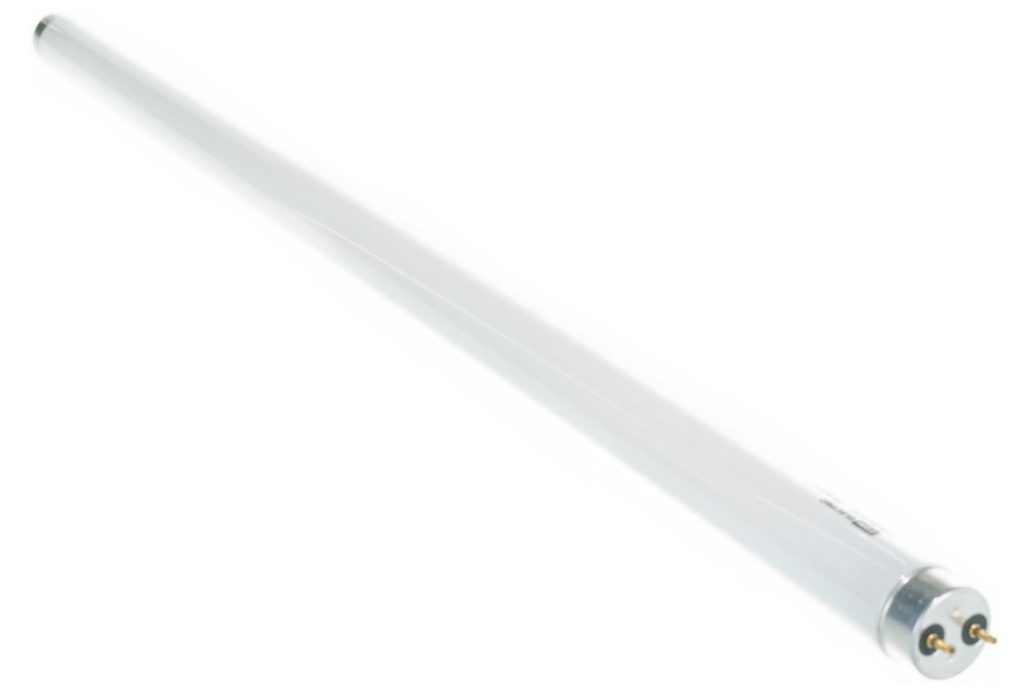
- Multifunctionality;
- Observance of the original light;
- Powerful brightness.
- Small plinth.
2nd place: "General Electric GE F32TBX/840/A/4P—10 39380"
votes 0
A good light bulb that can be integrated into most ceiling lamps. Its power, of course, leaves much to be desired, but it is perfect for installation in garlands. Simple light in the warm spectrum will make normal lighting over a wide area of space. As far as there were practical applications in the laboratory, the flicker order was simply reduced to zero. The recommended cost for retail chains is 53 rubles.

- Adequate cost;
- Durable body (tempered glass);
- Disposal instructions posted on the flask.
- No.
1st place: "TDM LB-18W/630 T8/G13 3000K SQ0355-0025"
votes 0
An excellent version that can work out many connection options for a variety of plinths. If it is made in a "single player", then it gives very well in terms of the color spectrum through a simple linear form. All contacts are verified by 100%. The tube is made so that the device can become multifunctional. Produces cold white light. The recommended cost for retail chains is 76 rubles.

- Positively located light sources;
- Normal energy efficiency;
- A beautiful case that warns.
- Not detected
Popular more expensive models
3rd place: "FERON FLU10 with black bulb, 18W, T8, G13 3703"
votes 0
This simple linear fixture will look beautiful in large areas. If you make him a "bend", then he will be able to illuminate rooms such as a living room or a long hallway. A black flask will create a soft and simple cosiness. The base of this device can fit any lamp, and the lamp power is enough for both a simple night lamp and a standard day lamp. The recommended cost for retail chains is 170 rubles.

- Simple "line";
- Easy installation;
- Multifunctionality.
- Not detected.
2nd place: Camelion FT8-18W/54 6500K 3005
votes 0
The most standard option, which is not replete with large color gamuts.A simple linear tube that can be integrated even into a garland, even into a strip line. However, the internal phosphor is able to change shades. This sample is perfect for interiors located in a minimalist style. Hi-tech is not acceptable here. The recommended cost for retail chains is 180 rubles.
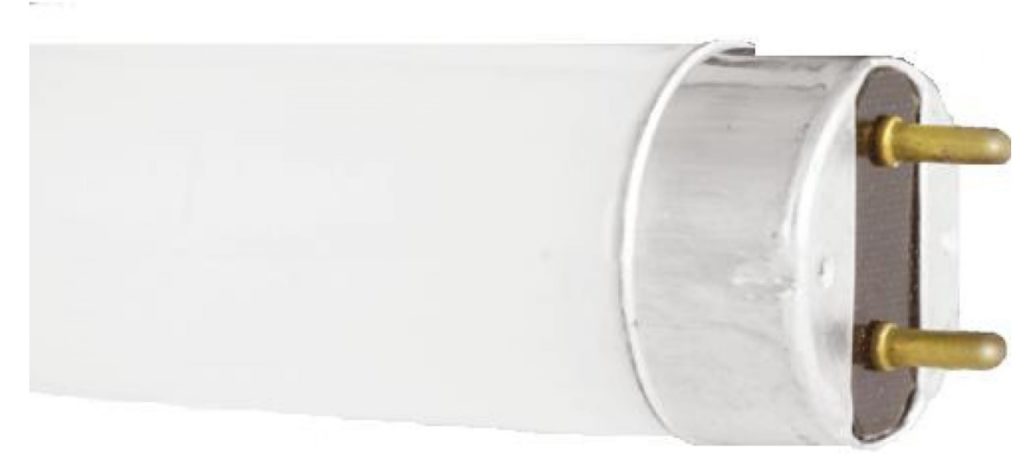
- Simple line;
- Possibility of integration into a garland under the ceiling;
- Adequate cost.
- Style restrictions.
1st place: "OSRAM DULUX integrated T 26W/840PLUS GX24D 10X1 4050300342047"
votes 0
A normal lamp that can be installed in a large ceiling. The arc style of the pipe design emphasizes the compactness of the product. The light is very white, which makes it possible to use in the workplace. The recommended cost for retail chains is 416 rubles.

- Sufficient power;
- Ergonomics;
- Easy installation (on the base).
- Not detected.
Instead of an epilogue
Fluorescent light sources are the best solution for lighting apartments and public places. Since their appearance, the demand for LED light sources has decreased somewhat. Fluorescent lamps are the most suitable option for use in workplaces, classrooms and other areas where strict lighting requirements are placed and high reliability of lighting fixtures is important. It must be remembered that their use will be effective if you choose the right lamps for the lamps and the features of the place to be illuminated.
new entries
Categories
Useful
Popular Articles
-

Top ranking of the best and cheapest scooters up to 50cc in 2025
Views: 131650 -

Rating of the best soundproofing materials for an apartment in 2025
Views: 127690 -

Rating of cheap analogues of expensive medicines for flu and colds for 2025
Views: 124518 -

The best men's sneakers in 2025
Views: 124032 -

The Best Complex Vitamins in 2025
Views: 121939 -

Top ranking of the best smartwatches 2025 - price-quality ratio
Views: 114979 -

The best paint for gray hair - top rating 2025
Views: 113394 -

Ranking of the best wood paints for interior work in 2025
Views: 110318 -

Rating of the best spinning reels in 2025
Views: 105328 -

Ranking of the best sex dolls for men for 2025
Views: 104365 -

Ranking of the best action cameras from China in 2025
Views: 102215 -

The most effective calcium preparations for adults and children in 2025
Views: 102011

